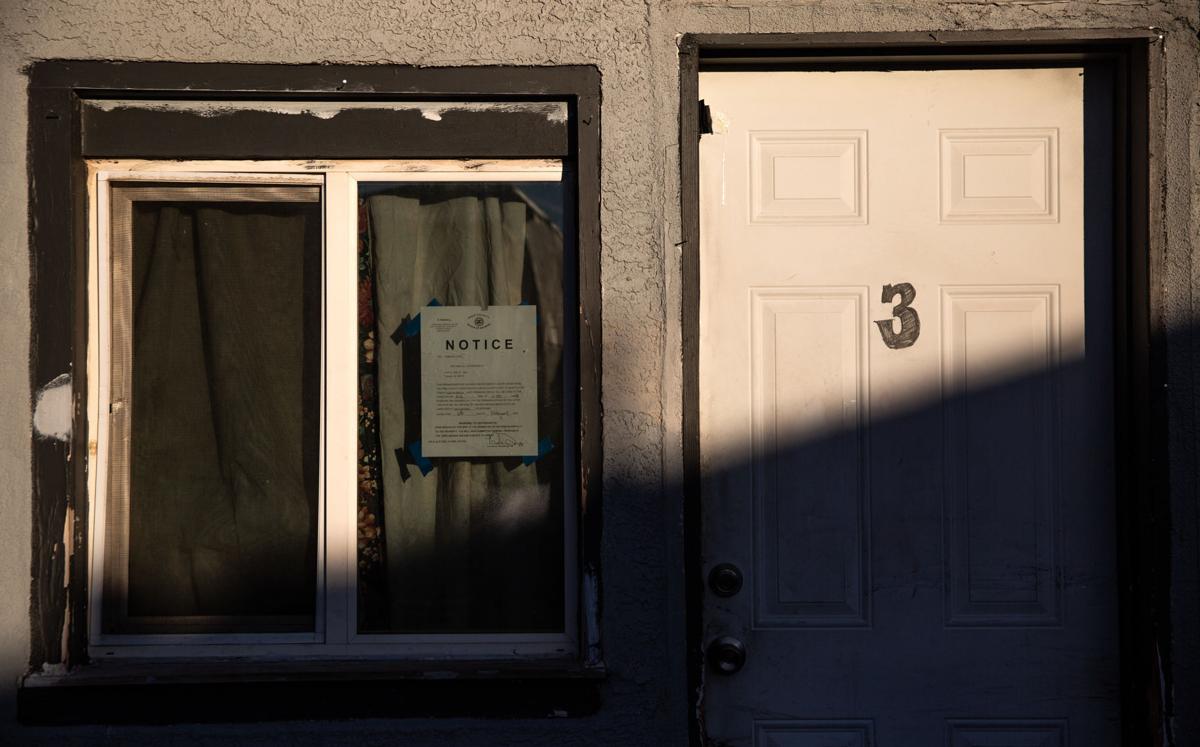Tucson and Pima County are expected to receive extra money to provide rental assistance for residents, a win for local officials who said the money is needed to help community members make ends meet.
The funding originally came from the federal Emergency Rental Assistance Program, a COVID relief initiative that gave about $25 billion to state and local governments earlier this year.
Recipients had to use at least 65% of the cash for housing and utility assistance by Sept. 30 or risk losing whatever remained. The Arizona Department of Economic Security has spent only 10% of its $289 million ERA funding to date — and those unused millions are now up for grabs.
A sizable chunk of the unused money is expected to make its way to Tucson and Pima County. The city-county joint Eviction Prevention Program had already used 65% of its original $32 million allocation by mid-September, a rate of spending that opened the door for more funds.
“This is a testament to the efficiency of the system we have assembled with Pima County, the Community Investment Corporation and our nonprofit partners. It also reflects the high demand for rental assistance we continue to see in our community,” Mayor Regina Romero said in a statement.
The exact amount of money that will go to the local eviction prevention program is unclear, but officials from both Pima County and Tucson said they have requested about $11 million from the state.
Officials said the money will be required to keep up with the need for assistance in the coming months; the city alone is spending over a million dollars a week to meet the current demand.
“If we keep going at this pace, which we do anticipate that we will maintain at this pace, we’ll definitely need some more money,” said Terry Galligan, the deputy director of Tucson’s Housing and Community Development Department. “It would be welcomed to receive that; it would be a great thing.”
Galligan said those who are still being financially impacted by the pandemic include parents who cannot access sufficient child care options, as well as residents who have had their work hours cut since the delta variant began to take hold in the area.
The plan for the extra money goes beyond COVID-19 relief, however. Romero said the city will also use the money to “expand long-term access to affordable housing throughout our community.”
A large portion of the city and county’s second round of ERA funding still remains. It totaled about $33 million when it was enacted in March, and what’s left will be used to provide assistance in the near-term.
The new funding is expected to keep the local eviction prevention program running “well into 2022,” though officials are not certain when it will be allocated to the area.
“If everybody sticks with this, there’s plenty of money, and it’s going to be a great benefit for both the renters, so they can stay in their place, and the landlords who want to get paid,” Galligan said.





